
www.hansfredriksunde.com

hfsu.shinyapps.io/prevalence_b...

hfsu.shinyapps.io/prevalence_b...
doi.org/10.1111/jcpp...
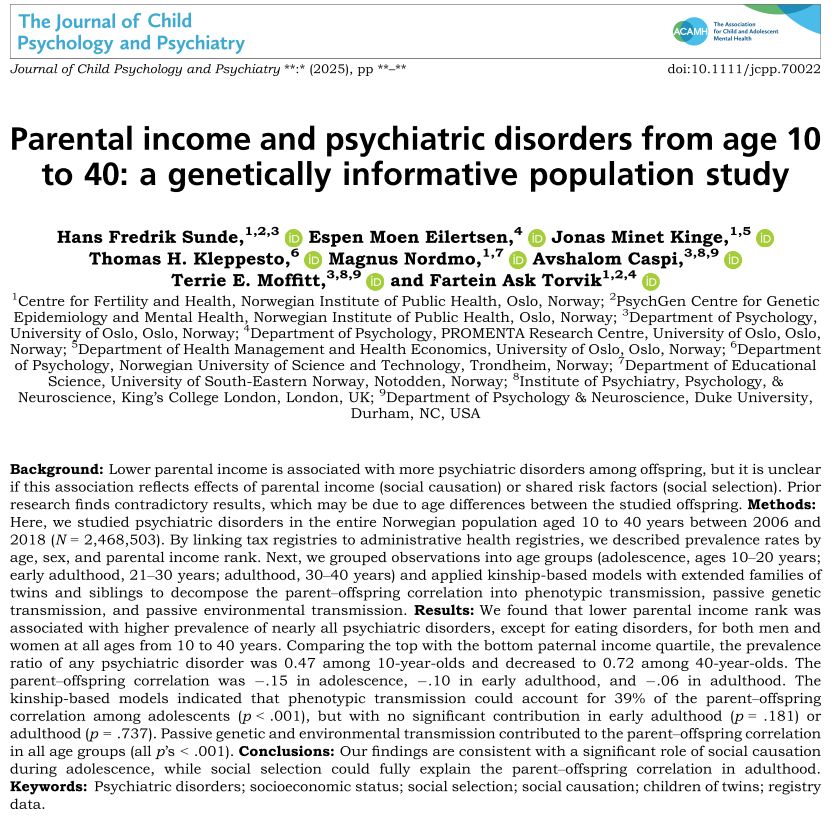
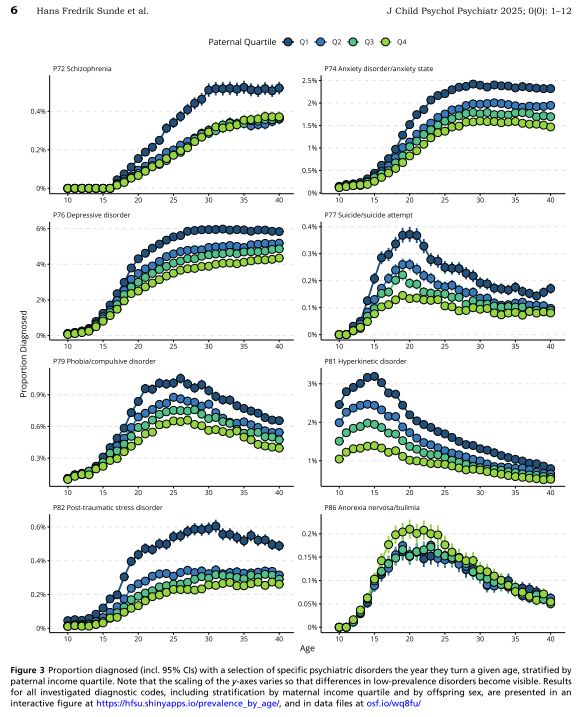
doi.org/10.1111/jcpp...

- Behavioural genetics ✅
- Assortative mating ✅
- Discussions about nature-nurture of social outcomes ✅
- "Things are complicated"-conclusion ✅
- Summary statistics available for reanalysis! ✅
See Eivind's thread for more.

- Behavioural genetics ✅
- Assortative mating ✅
- Discussions about nature-nurture of social outcomes ✅
- "Things are complicated"-conclusion ✅
- Summary statistics available for reanalysis! ✅
See Eivind's thread for more.






(Panel c shows results for observed education).

(Panel c shows results for observed education).



(pic from first presentation of paper, May '24)

(pic from first presentation of paper, May '24)









www.nature.com/articles/s41...
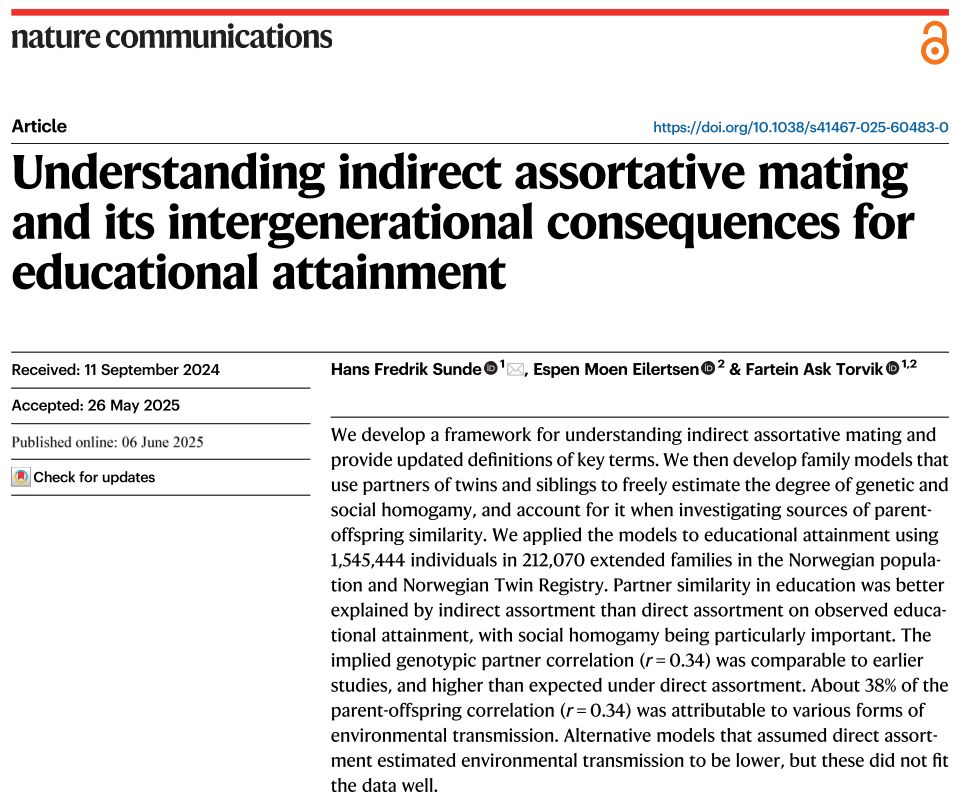

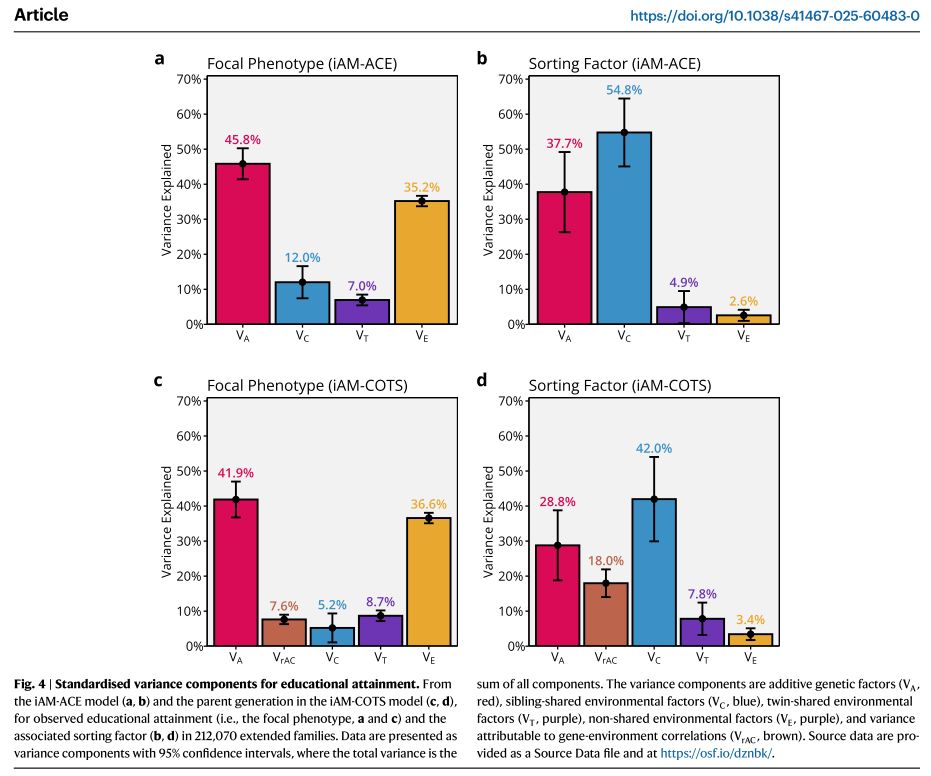
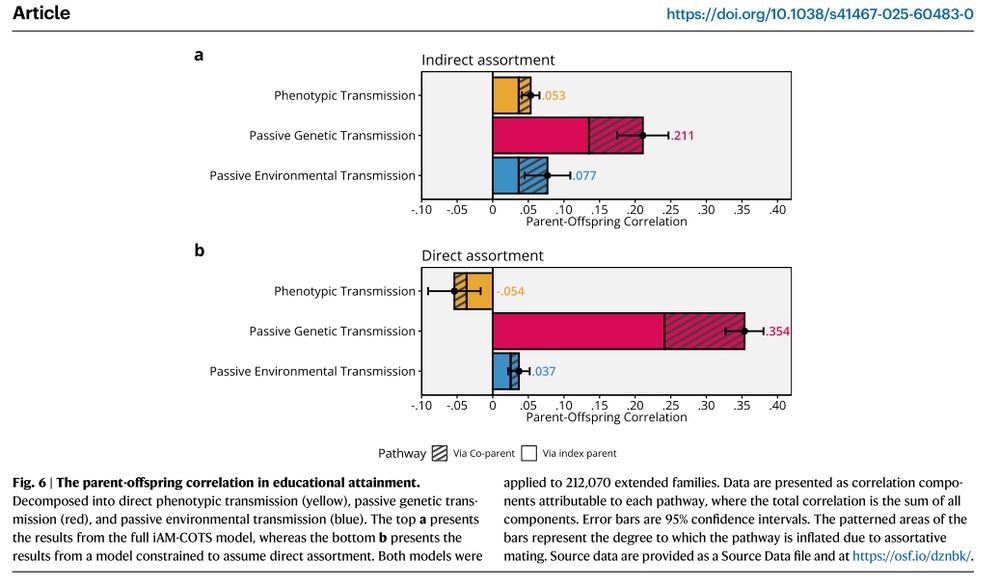
www.nature.com/articles/s41...


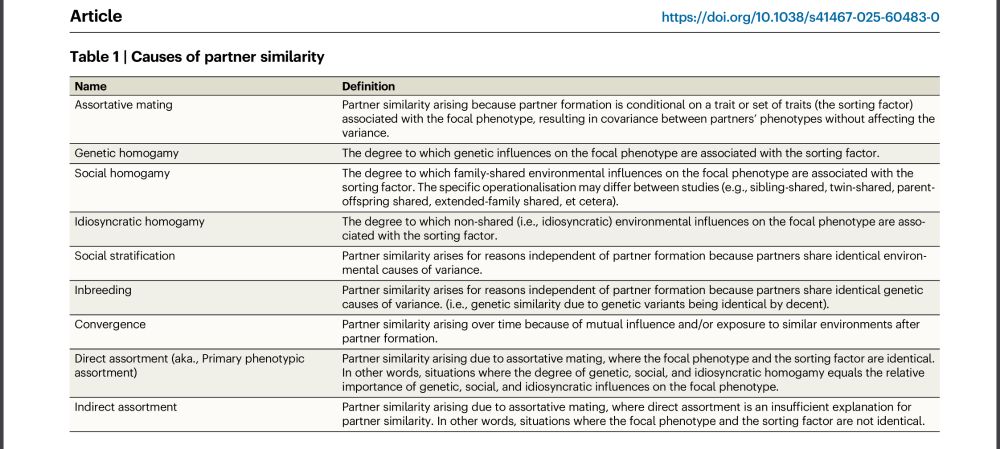


Link: doi.org/10.1038/s414...

Link: doi.org/10.1038/s414...



